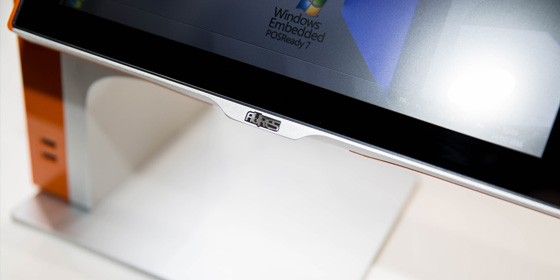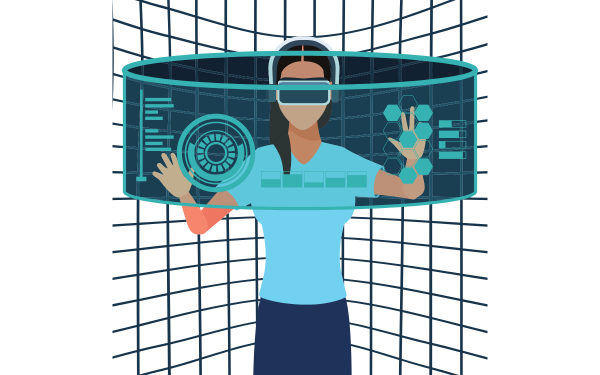Across retail and hospitality, employment figures are on a downward trajectory. The UK retail sector has seen a 15.5% decline in the number of people it employs over the past five years. Hospitality businesses, meanwhile, have had to cope with acute labour shortages over the same period, with unfilled vacancies in the sector up 48% compared to 2019.
The factors driving such figures need little introduction. Retail and hospitality were particularly hard hit by the COVID-19 pandemic. Tens of thousands of workers were forced to leave their jobs when shops and restaurants were forced to close, or else chose to look for work elsewhere rather than the uncertainties of being furloughed.
On top of that, Brexit has seen the pool of migrant workers both industries have long relied on drastically reduced. And there is also the simple fact that, with inflationary pressures rocketing over the past few years, many businesses have been forced to cut staff just to make ends meet.
There are those who attempt to spin all of this as an opportunity. While recruiting has become increasingly tricky for retail and hospitality businesses, technology has evolved rapidly to take up the slack. Short on cashiers and sales assistants? Well, that’s the perfect nudge you need to roll out self-service kiosks. And we’ve all read the stories about AI’s potential to take over all sorts of job roles.
Where businesses are faced with genuine staff shortages, using technology to plug obvious gaps in operations is of course a viable strategy. And the likes of self-service, automation and AI bring their own benefits to the table, regardless of workforce considerations.
But thinking of technology as an alternative to people is a slippery slope. And it also potentially misses the point about what tech can add to a shopping or dining or accommodation experience.
Harnessing tech in the right way
The confusion perhaps stems from the fact that modern consumers are very enthusiastic about the role of technology in the places where they spend their money. One survey found that two thirds of shoppers around the world wish retailers did more to use digital tech to improve their experiences, both in-store and online. A similar majority like what self-service adds to the shopping experience, especially in terms of reducing wait times at checkout.
But that doesn’t mean the average person wants to walk into a store or restaurant and interact exclusively with technology rather than people. In fact, most people want just the opposite. In one study from the US, a significant number of shoppers said that they found in-store shopping less enjoyable than they did before the pandemic. Tellingly, 60% of respondents cited lower staffing as a reason.
To this, you can add the fact that many supermarkets are now rowing back on years of replacing staffed checkout lanes with self-service alternatives. Openly used as a cost-cutting measure to reduce staffing levels, the backlash against the negative impact on service and the overall experience has been severe.
When you stop to think about it, this makes sense. If people want to buy things completely independently aided only by technology, they can do that online. When you head into a shop or a restaurant, you’re looking for a different kind of experience. Person-to-person interaction is a big part of that. Looking to replace people with technology in many ways defeats the entire purpose of having premises. Understaffed stores can feel empty, soulless, impersonal.
On the other hand, investing in technology doesn’t have to come at the expense of investing in your people. In fact, rather than being seen as a replacement for people, technology should be viewed by customer-facing businesses as a key enabler helping staff to raise their game, work smarter and deliver higher levels of service.
This is something workers themselves grasp. One global survey of retail employees found that 40% feel their employers neglect their tech needs – meaning, they’re not investing in or using tech in ways that help them do their jobs better.
Assisting rather than replacing people with technology is a much sounder strategy for tackling labour shortages, too. When you’re struggling to recruit enough staff, you inevitably ask more of the people you already have. That can only work if people feel nurtured, supported and valued – not as if they are about to be replaced by a machine. But the right tech used in the right way can certainly help staff be more productive and deliver higher levels of service with little or no extra effort, which is a win-win-win for your people, your customers and your business.




